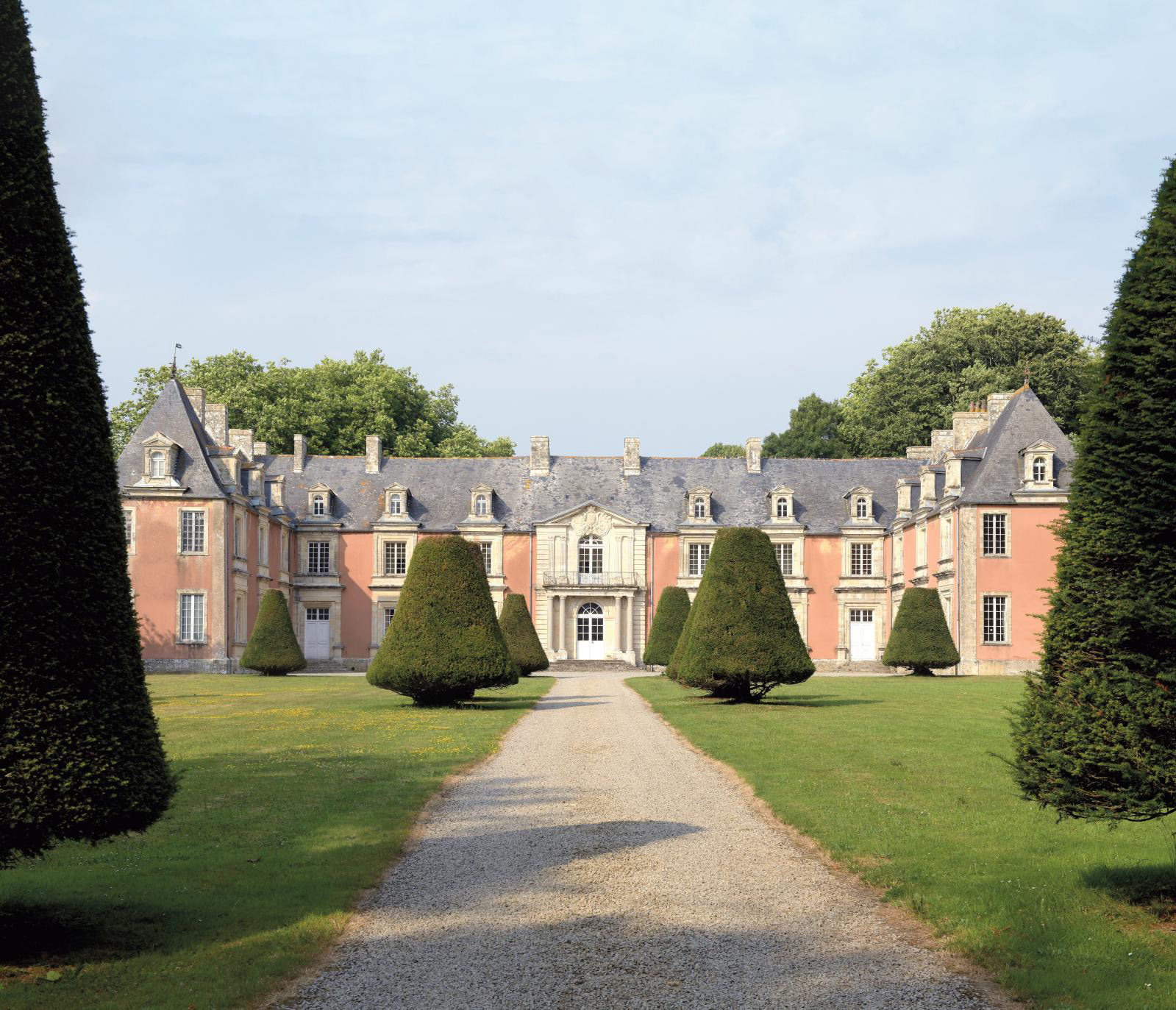by Christophe Dorny
At the end of a 12-hectare (29.6 acre) estate stands a building consisting of a central section (a corpus de logis) adorned with a pediment and two pavilions forming a vast cour d’honneur or courtyard that has survived to the present day. In the second half of the 17th century, Robert de Franquetot decided to build in order to bestow opulence and majesty on his domain of Coigny, which had been raised to the rank of a comté by Louis XIV . As Dukes of Coigny, the Franquetots became one of the most powerful families of the French aristocracy, providing the king’s armies with several lieutenant-generalshttps://www.gazette-drouot.com/en/article/the-coigny-chateau-3A-from-the-franquetots-to-the-talleyrands/37656 and two marshals. The first section of the château, which includes a chapel, was built in the spirit of the French Renaissance, and was followed by a second identical section between 1735 and 1739. The façades, roofs and former stables are now listed as historical monuments.
Click here to read more
Click here to read more





